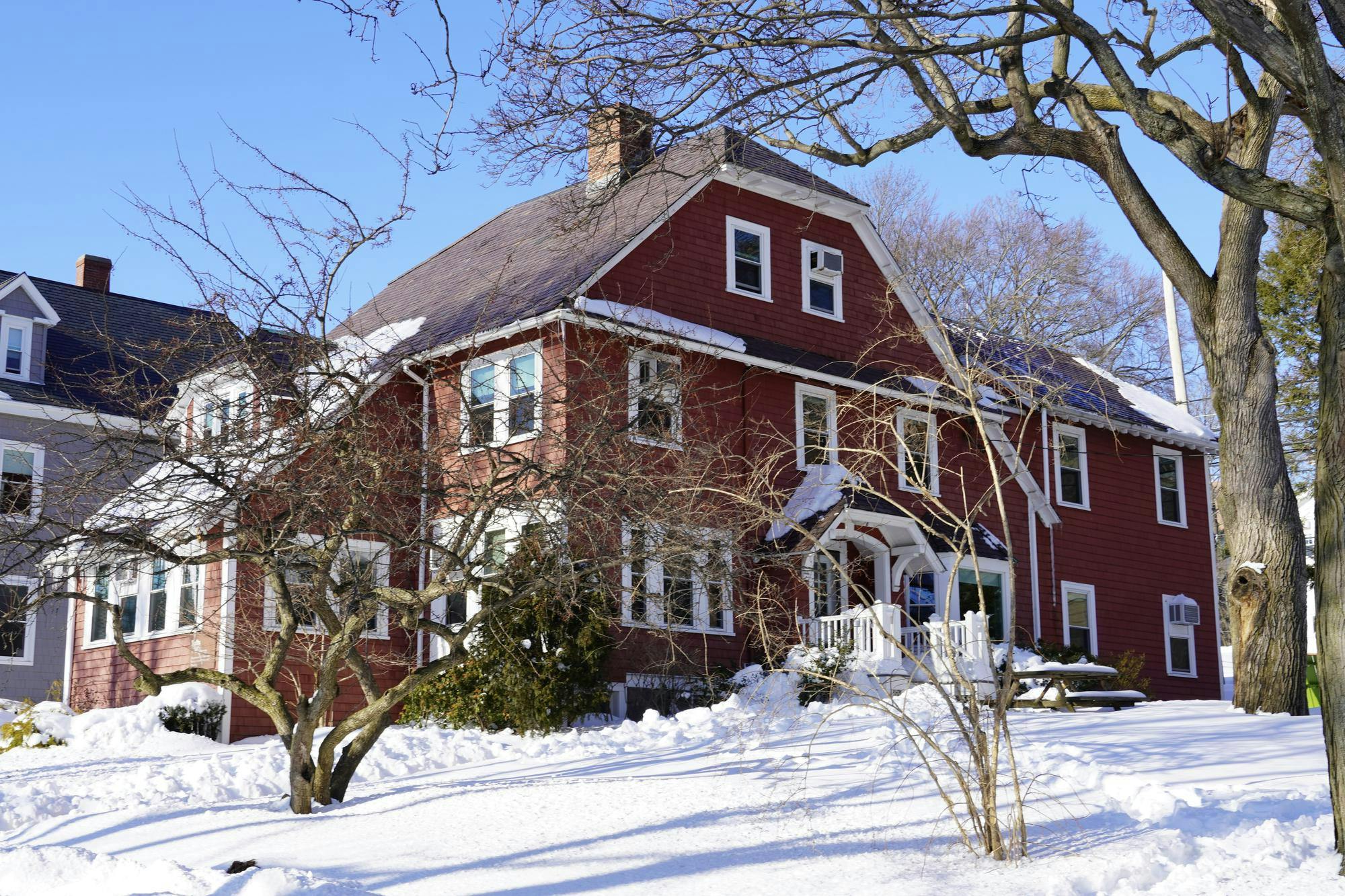Cities@Tufts kicked off its first digital colloquium of the fall semester with writer Audrey Petty on Sept. 20. Petty authored “High Rise Stories: Voices from Chicago Public Housing,” a collection of narratives from individuals who lived in now-demolished public housing high rises in Chicago.
The Cities@Tufts initiative seeks to highlight Tufts’ contributions to community strategy, civic democracy, ethnographic research and other topics in urban and environmental policy. Justin Hollander, a professor of Urban and Environmental Policy and Planning at Tufts, introduced Petty and praised “High Rise Stories” as “an important book.”
“When I first picked up this book, I said ‘I want my students to read this book,’” Hollander said. “It brings these voices into our policy and planning conversations that are not always there.”
Petty began by dedicating her talk to the memory of Yusufu Mosley, one of the twelve narrators of “High Rise Stories,” who passed away in 2022. She then recited an excerpt from the introduction of the book, highlighting the demolition of the public housing buildings.
“What was afoot was the plan for transformation, a $1.6 billion project and the largest public housing redevelopment venture in the United States,” Petty said. “Announced in 1999, the ambitious plan reflected and reinforced national trends. Many municipal governments in major cities like New Orleans and Atlanta demolished swaths of public housing structures, replacing them with voucher distribution programs and limited access to mixed income developments.”
Petty focused on the context and history of Chicago’s Black communities, which public housing has largely shaped.
“Chicago’s Black Belt took shape at the turn of the 20th century,” Petty said. “As a result of the Great Migration, the city’s Black population increased eightfold from 1910 through the 1940s, and this growing population was relegated to a space that didn’t expand to accommodate the newcomers.”
She later underscored the importance of public housing for those communities.
“The Black Belt was dangerously overcrowded, so there was a great deal of optimism when the [Chicago Housing Authority] opened a 1600-unit complex consisting of two, three and four story apartment buildings. Indeed, the Ida B. Wells homes formed a highly coveted address for African Americans; more than 18,000 families filed applications to live there,” she said.
Petty expanded upon Chicago’s transformation plan that displaced those living in the original high-rises.
“Rebuilding has not kept pace with demolition, and a great number of displaced families have found themselves — and find themselves — in poor and underserved neighborhoods,” she said, adding that those displaced have had complex emotions around the transformation. “Some expressed their relief at having moved away. Others describe their fear of what comes next.”
The bulk of Petty’s talk, and of “High Rise Stories,” was focused on the tales of individuals experiencing displacement due to Chicago’s transformation. Petty began with the narrative from Dolores Wilson, a resident of the now-demolished Cabrini Green building for 53 years. Petty highlighted the emotional impacts on Wilson.
“Her building was on the cusp of demolition, and she was clearly distraught about her building … And she said ‘So many of my treasures are still there,’ and she went on to catalog some of the valuables: family photos, trophies, clothing, books, that she had to leave behind during the hasty relocation process,” Petty said.
Petty interspersed these personal narratives with broader trends of defunding public infrastructure. She called special attention to former Chicago Mayor Rahm Emanuel’s choice to close 50 public schools in 2013.
“Learning about this decision, I felt a deep sense of dread,” Petty said. “In terms of scale alone, [it was] the most closures at any one time in any school system in the nation. It reminded me of the plan for transformation. The closures would disproportionately affect Black and brown communities.”
Her final narrative discussed during the talk was from Pete Haywood, a resident of the Stateway Gardens building that was demolished in 2007, who emphasized the community and neighborly feeling surrounding these public high rises.
“There was a lady, Ms Meeks; if I was hungry I could go over to her house and eat breakfast, or I could go to this building, to Ms. Wells’ house, to eat lunch, and really, that’s how a lot of us were living. People were taking care of each other,” Petty said, quoting Haywood.
During audience questions, when asked about her choice to talk about public housing through individual narratives, Petty discussed her background as a creative writer, wanting to explore the impacts of condemned public housing on those living in it.
“I’ve always been really interested in stories as a human currency, something we all share, something that helps us define ourselves, define our lives,” she said.






